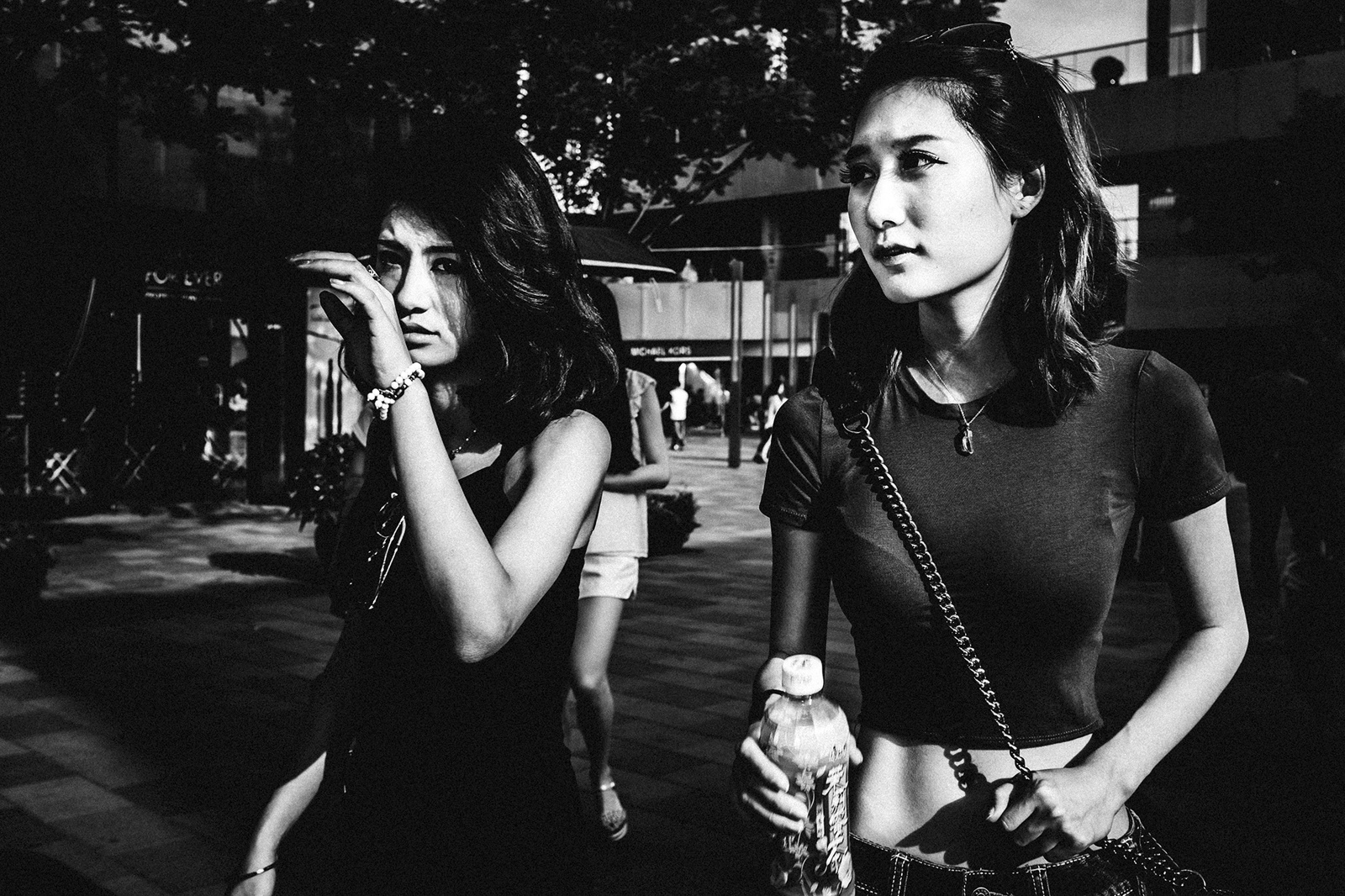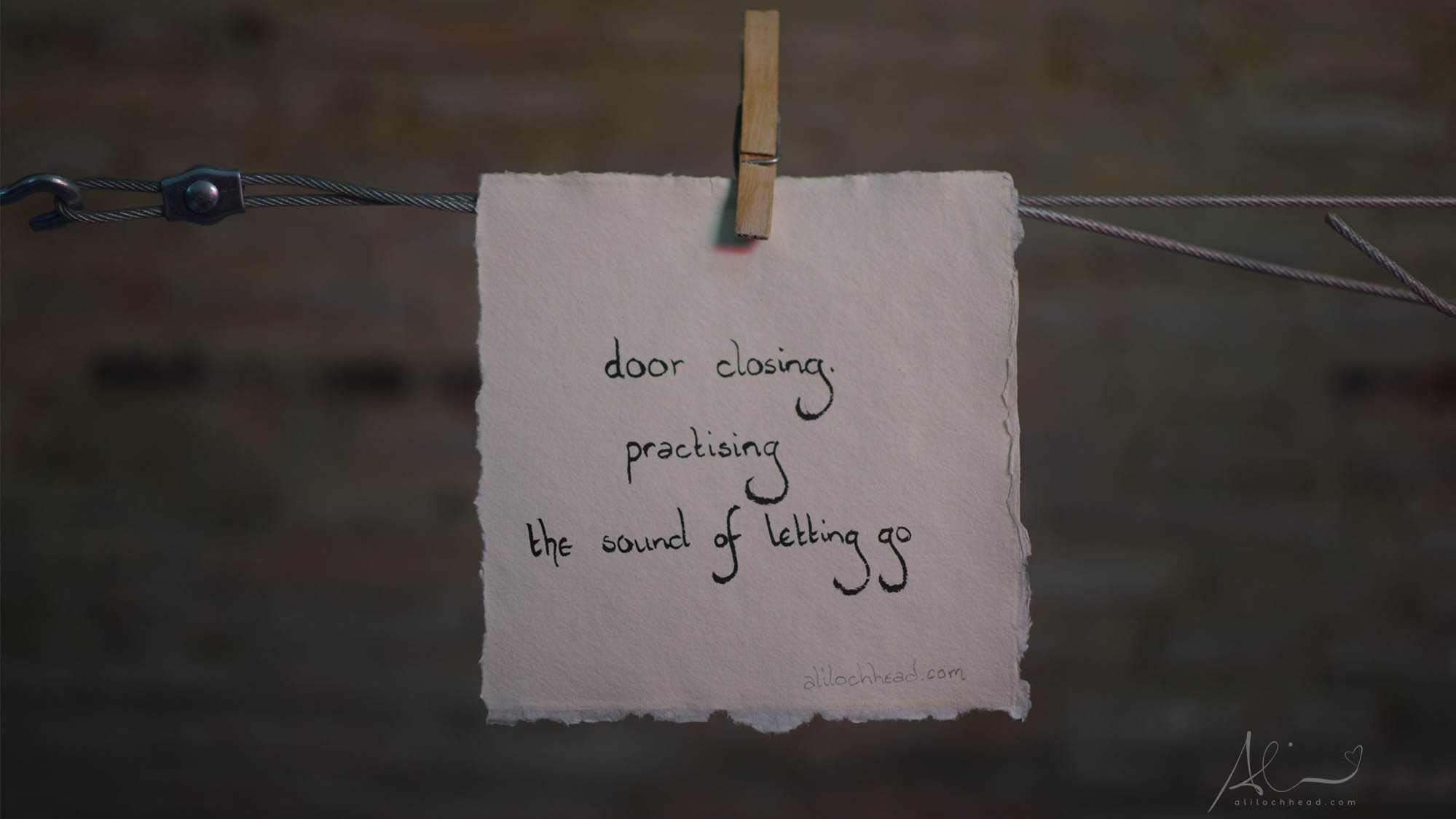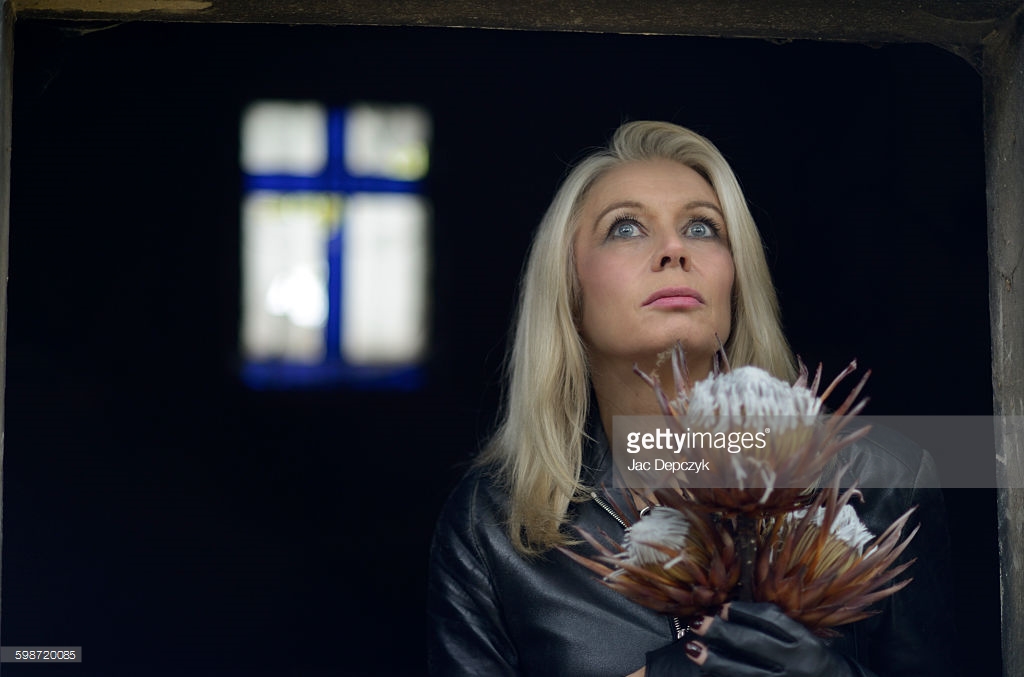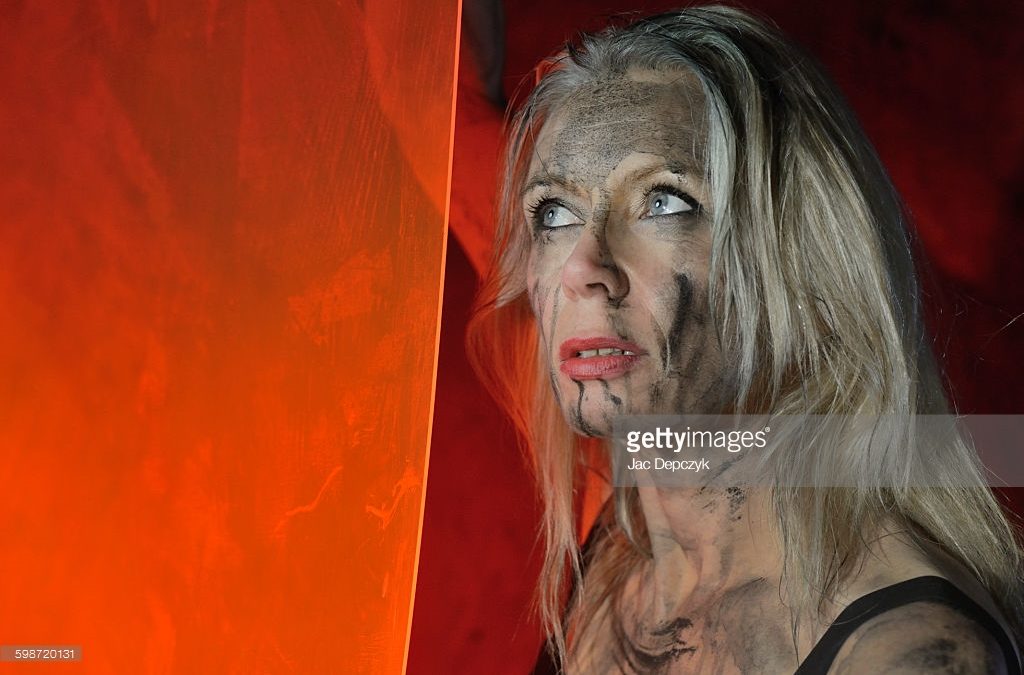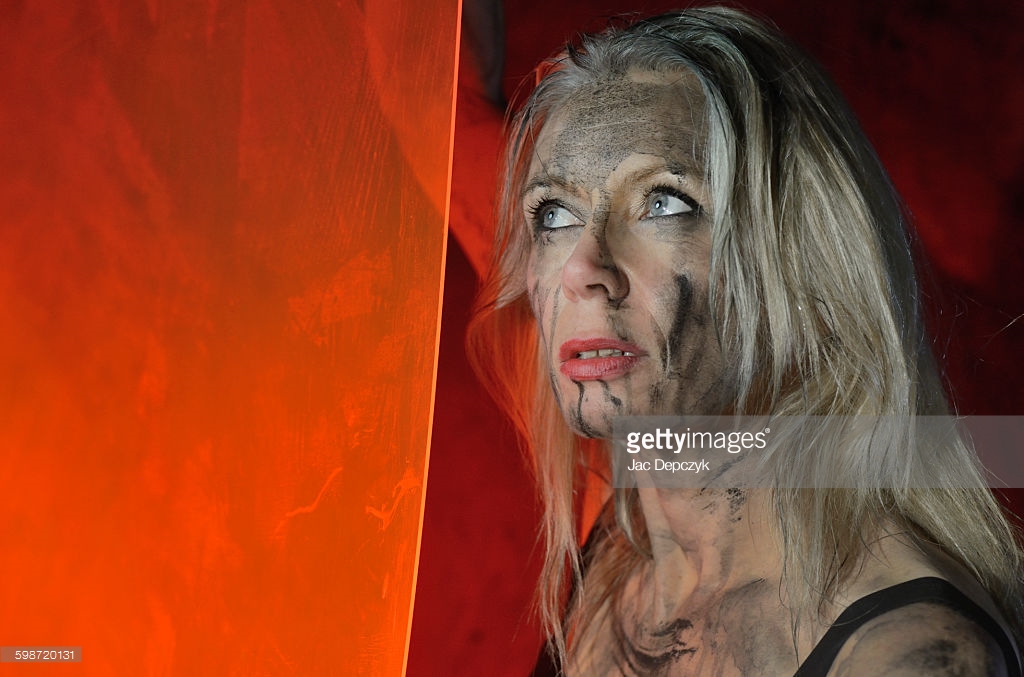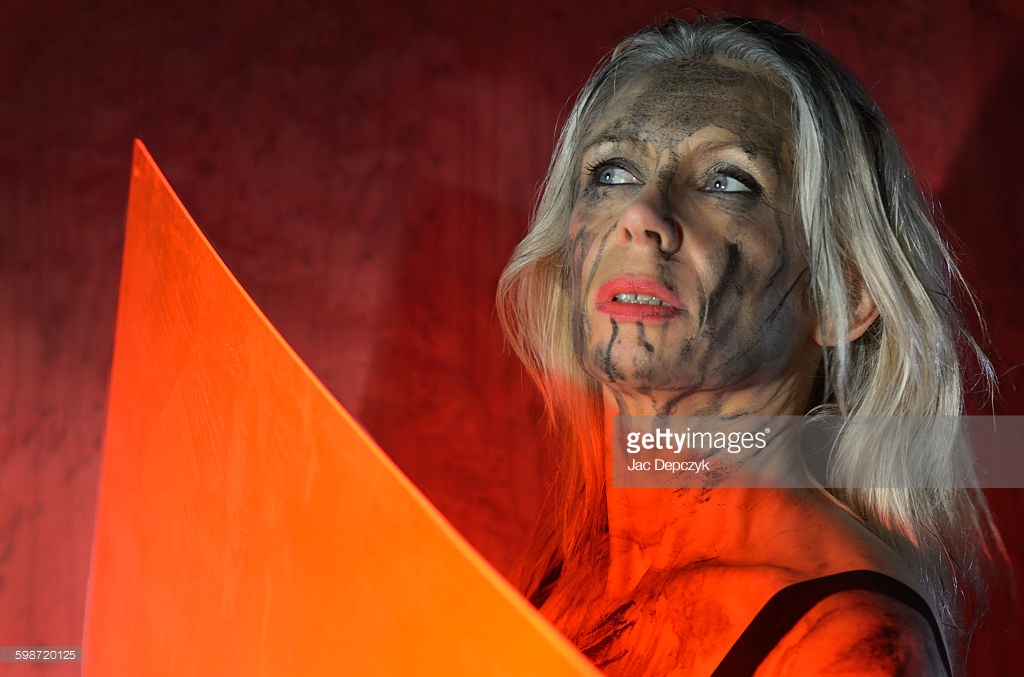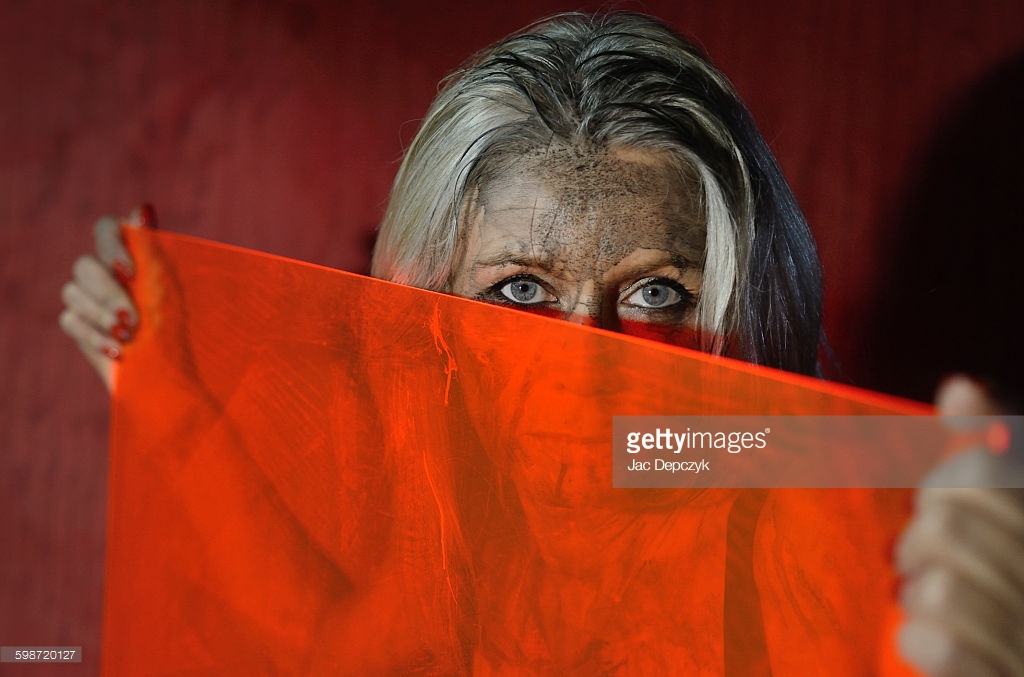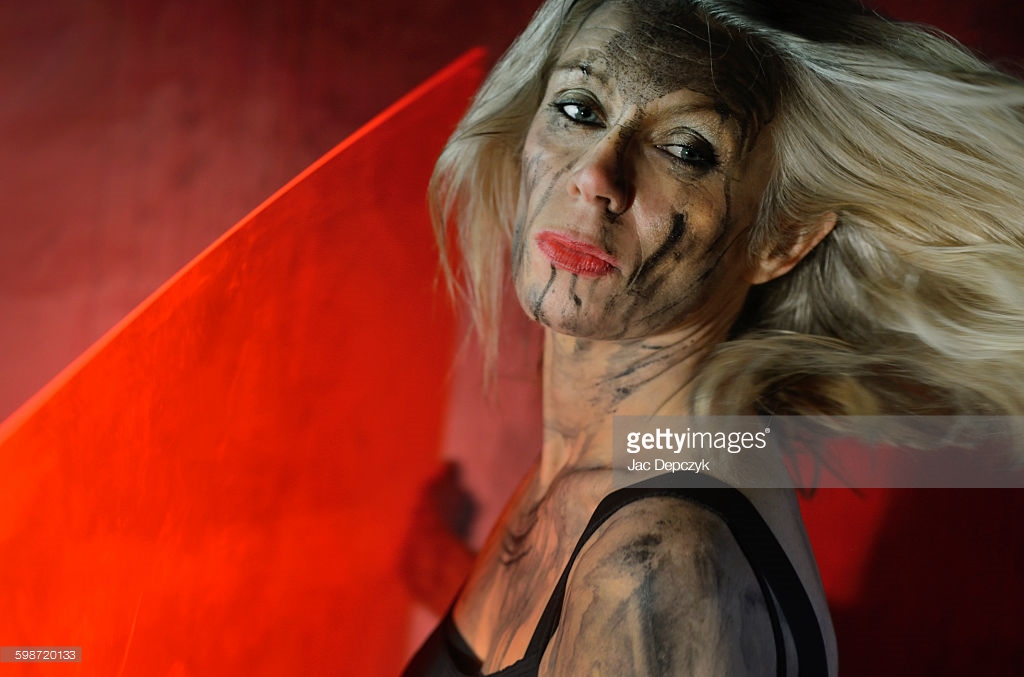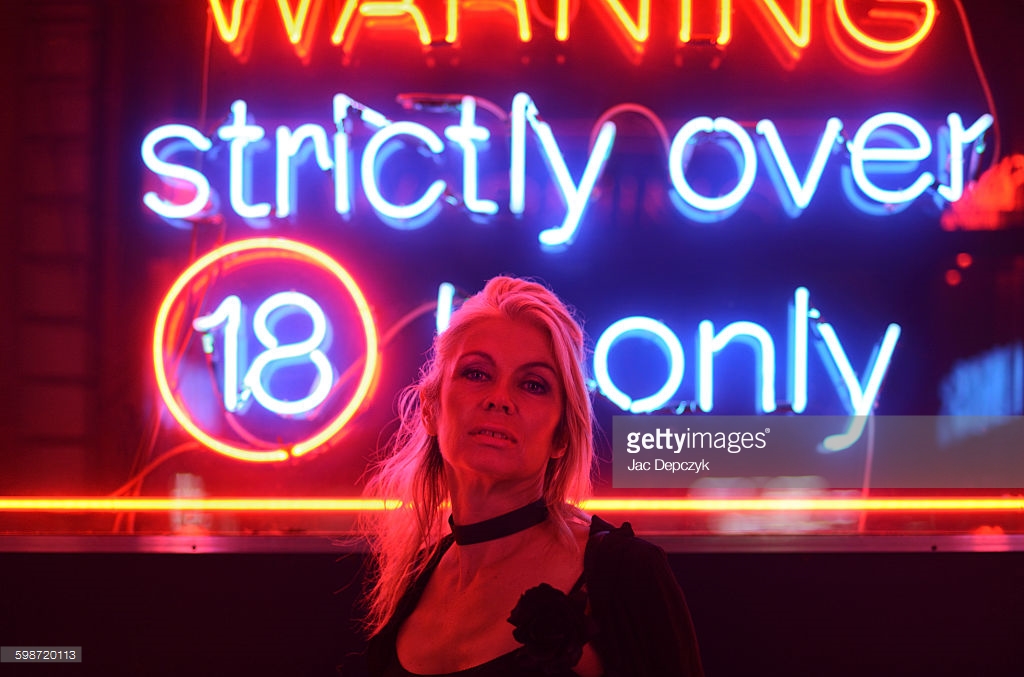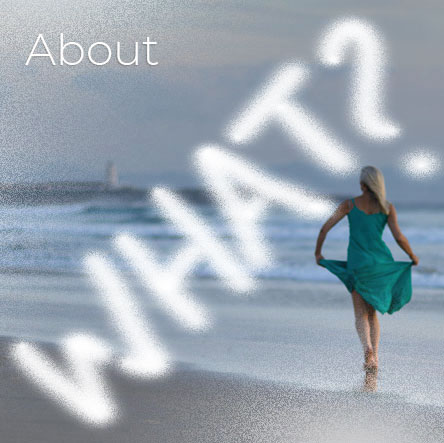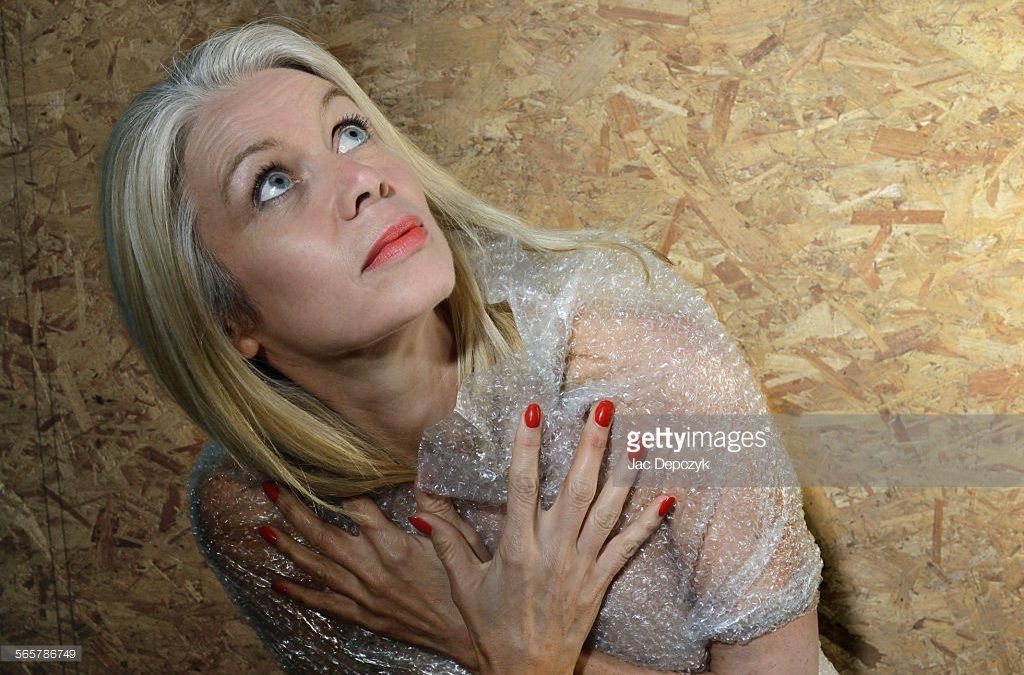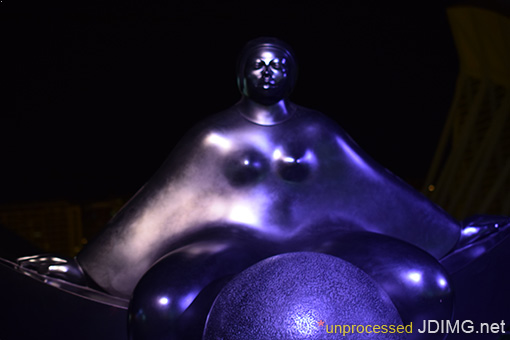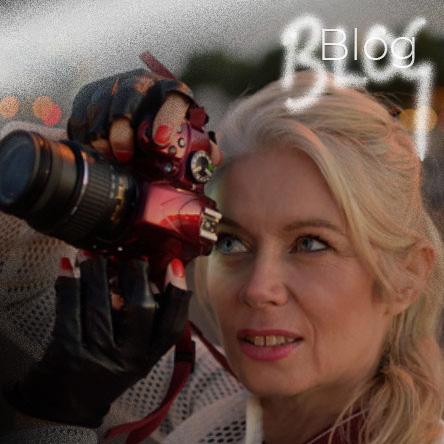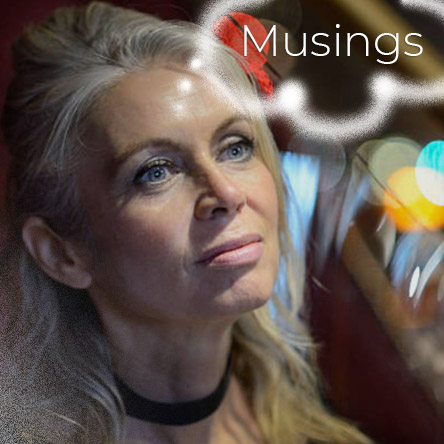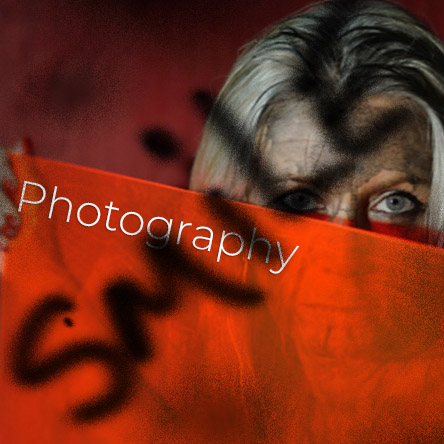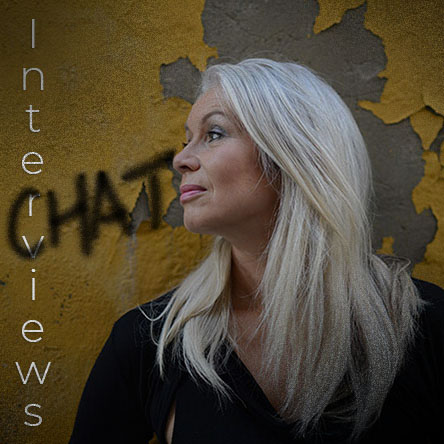
#talking peace
#talkingpeace
Art4Peace Festival, London
“In this new paradigm of peace, there are many contributors,” Phil Vernon explains. The organisation he heads up has nearly 30 years experience in the peacebuilding sector, but it’s still only achieving about 5% of what could be done, he estimates, perhaps modestly. “Most of the work has to be done by people who don’t see themselves as peace builders,” he says, “Such as the artists here….”
We’re chatting at the opening of #ART4PEACE, part of a month-long festival of art, comedy, music…put on by International Alert. The exhibition, “Peace from the street up!” invites urban and street artists to share their perspectives on peace and conflict from their cities, around the world.
“…it was dark… this guy came up and he had no teeth and there I was with these expensive cameras, I thought, ‘F*** we’re in trouble now!”
“So, do you see yourself as a peace builder?” I ask Yola, who’s exhibiting at the show.
“No, I don’t, but I’d like to,” she replies. “I don’t know if it’s really possible, if it’s strong enough to touch people, to reach people, but you use the material in your hands. The stuff I do on the streets, it’s usually in development areas…one time I was in Praga in Warsaw, when it was a derelict, criminal part of the city and it was dark… this guy came up and he had no teeth and there I was with these expensive cameras, I thought, ‘F*** we’re in trouble now!’…I showed him my work and he said ‘Wow’. He made the sign of the cross and said, ‘It’s really beautiful’… So the art established a totally different communication and that gives me hope it is possible to speak to others with images.
The piece is a part of the peace.
I’m excited to be part of this project,” she says, “I hope it will be part of a bigger collaboration… I like what they do…I’d like to go to the countries where they work and work with the people there… go to the local community…make a piece, take photos and put it on the wall in the local space so they are part of the piece and peace is part of their lives,” Yola explains.
The piece is a part of the peace.
“I met these two in San Fransisco, the man was a Mexican poet and she an ex-nurse. They were older when they met and real lovers. It is a real dialogue between two people who embodied love. That is what I want to portray in my artwork – make love, not war,” Yola explains.
The other artists are equally committed and hopeful. “Art can play a huge role in building peace,” says Goldie (Clifford Joseph Price). “It can relay and portray a message on the streets. The world is an open blank canvas.”
“And we can look at peacebuilding as a tapestry… just as this exhibition is made up of the pictures in the room,” Phil adds. “There are lots of people and organisations involved, whether they’re the artists here, the local council in Tunis, local businesses, it’s about public collaboration…”
“Art can send out an important message worldwide, especially to youth. Start integrated art workshops with disadvantaged kids to give them a focus, a life-line,’ adds K-Guy.
While conflict and peace have preoccupied mankind for centuries, Phil explains, “Peacebuilding is a relatively new sector, defined by Boutros Boutros-Ghali in the 1990s. International Alert was founded nearly 30 years ago by the Human Rights activist, Martin Ennals. As Secretary General of Amnesty International, he saw conflicts which weren’t being addressed and he formed an organisation where the focus was on conflict resolution/peacebuilding. Their first activity was during the Ugandan civil war…it was just a small organisation using his Martin’s contacts…which asked the question ‘how can we live peacefully?’ Now International Alert operates in over 25 countries and territories worldwide, including the ex-Soviet Union, South East Asia, Africa, the Middle East…so we feel we’ve got a lot to offer in terms of training, guidance and support.”
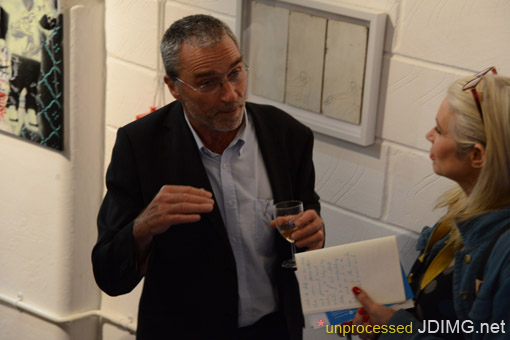
“Can you quantify success?” I ask.
“Yes, but it’s hard. Most work is projectised, we submit a proposal to the EU etc. and mostly those are narrow…but it does provide a focus…For example in Congo we set out to improve local conflict resolution methods in communities…build the process of peace from the ground up. Out of 1000 conflicts, 60% were resolved. They were quite small conflicts – land, family, ethnic divides between communities. People start to think ‘we can resolve this’, it builds an ethos of peace…they start to see the methodology, so it can be replicated in other communities our agency can’t reach. In that way we build positive peace…negative peace being where there is no fighting and positive peace being where there is less fighting or no fighting plus a culture, an attitude, a belief that when conflicts arise we do have the ability to resolve them.”
‘This work…is my personal story. I started to paint outside when I was a teen. Looking for an identity. I never thought I was going to be an artist when I started out, but freedom allowed me to decide and freedom is a result of peace,’ Victor Ash.
Look at the challenge of violence in cities,” Phil continues, “Young people feeling frustrated, less empowered…the largest number of foreign fighters in ISIS are from Tunisia yet Tunisia has had 2 elections post-Arab Spring…ISIS is doing it’s best to undermine that progress, as the bombing and shooting of tourists have shown…alienated young people join ISIS…it’s an urgent problem. What if enough people from today’s generation undermine the peace programme? It’s important to ensure they have the opportunities they need…economic development, jobs, which are not sectarian…we’re working with businesses on where to invest…. what’s the peacebuilding solution? Economic development can be a force for peace whereas bad economic development can be terrible for peace as in oil in Nigeria, so the question is, as I am building my bottom line do I engage better relationships? Am I recruiting people who could be dissatisfied? It’s not easy – it’s a whole framework.”
“Do you mean a kind of corporate peace?” I ask.
“Well, yes,” Phil replies, “In as much as the baseline for companies when building their business and the way they evaluate their success is not just about profit and value to the shareholder, there’s an intent to contribute to conflict resolution, to peace and stability, it’s a whole new model.”
I realise it’s literally a paradigm shift. And I realise I can be part of this new reality, simply by building similar values into my life, even just in small, everyday ways. We can all contribute if we want to.
“Socially, personally…just be cooler. Be cool, don’t treat yourself so seriously….that’s the message I try to put int my art.” Yola smiles.
Yola and Phil Vernon, the Director of Programmes at International Alert, were in conversation with Ali Lochhead.
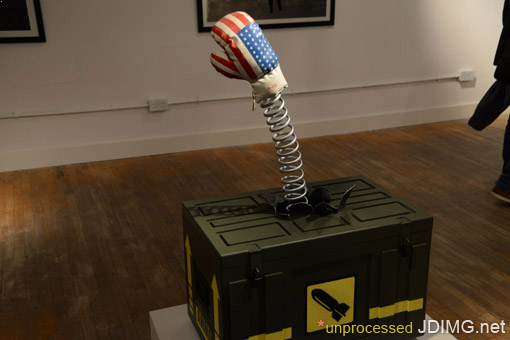
“Art is a cathartic process. There would be a lot more angry people around (including me) if it were not for the art process.’ Ben Turnbull.
”With so much conflict, oppression and overt hatred being justified towards fellow humans around the world, any organisation that raises awareness about the plight of others should be supported. Human creativity can inspire others to realise what ‘being human’ actually is – we too easily forget what our true potential is on this amazing floating rock.” Matt Small”
Love ♥ creating beautiful projects with beautiful people

